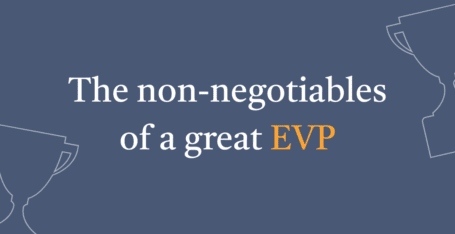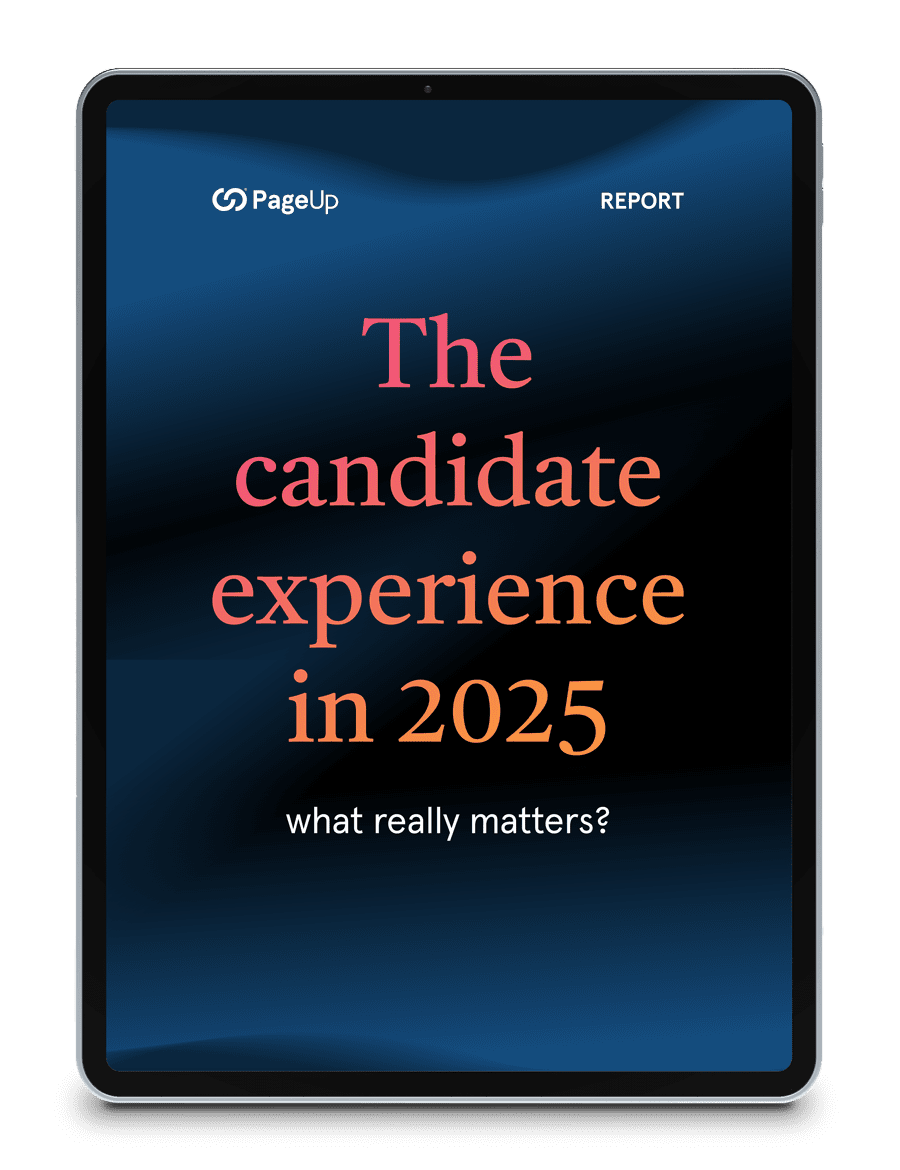Instead, when a flower dies, we question what went wrong in its environment. Did it lack water? Was it starved of nutrients? Was it the soil? The weather conditions? Pests? We don’t blame the flower.
When an employee fails to meet their objectives, or our expectations – we tend to look for the fault with the employee. Did they lack motivation? Capability? Clarity or understanding? Possibly.
But could it have been their work environment? Poor leadership? Dysfunctional team relationships? An unsupportive culture?
These are the questions posed by Maree Merrett, Human Resources Director, Morris Corporation, when we recently spoke. Morris Corporation is the management brand behind dozens of local and remote facilities around Australia. With facilities located in airports, mines and numerous retail and utility sites around Australia, Morris Corporation also works in and with many indigenous Aboriginal communities.
Engaged employees underpin our ability to deliver a consistent service.
Maree pits engagement as a high priority at Morris Corporation. Facilities management, catering and cleaning services are traditionally high turnover businesses, especially in remote locations. “Engaged employees underpin our ability to deliver a consistent service,” notes Maree. “It means that investments we make in training and development realiserealize positive outcomes for customers in the facilities we manage.” So Maree agrees that higher engagement ultimately solves the business problem of organisationalorganizational performance. She has evidence to show that it also improves health and safety outcomes and overall employee productivity.
So how do you achieve high engagement, especially in remote locations in which you are also trying to attract, develop and retain an indigenous population? “When we recruit, particularly into our facilities in the West Australian region, we find that the receiving environment is so important”, says Maree. “By that we mean that the people and work environment our new recruits meet when they first join us has an enormous and immediate impact on their reaction to the workplace.”
“The indigenous culture is a collective one, in which community and family comes first. The whole community raises the children, for example, not just the immediate family. If the community needs your employee, they may just not turn up for work. That takes cross-cultural understanding and a need to be adaptive. In the western individualist cultures, work comes first. That’s not the case in the indigenous community, and anyway, who says the west has it right?
The indigenous culture is a collective one, in which community and family comes first.
Morris Corporation is proud to have a significant indigenous workforce and is actively looking to grow its overall workforce representation to over 20%. “A large proportion of our indigenous workers are currently in utility roles – we really want to see a greater representation in leadership roles”, says Maree. “I would love to have some Cert III qualified indigenous chefs leading the way in our catering businesses, for example, both to recogniserecognized their personal achievements as well as role-model these opportunities for others.”
“Great leaders make all the difference.” Maree emphasises the high engagement value activities such as effective onboarding, buddy support and open communication have on new starters. And then ongoing conversations.
Great leaders make all the difference.
“It’s so much about conversations. It’s very true that people join organisationsorganizations and they leave leaders.” We are investing heavily in our current and future leaders and see their day to day role in facilitating employee engagement as far more powerful than a big organisationalorganizational survey once a year.”
“Everyone joins full of hope and expectations and people are suited to some environments better than others,” says Maree. “When we look at how engaged our employees are, how well they perform and how productive they are, I constantly remind myself about the flower and how to make it thrive in it’s environment.”
Fresh insights for HR
Stay up to date with HR trends, tips and more when you sign up for our industry newsletter





